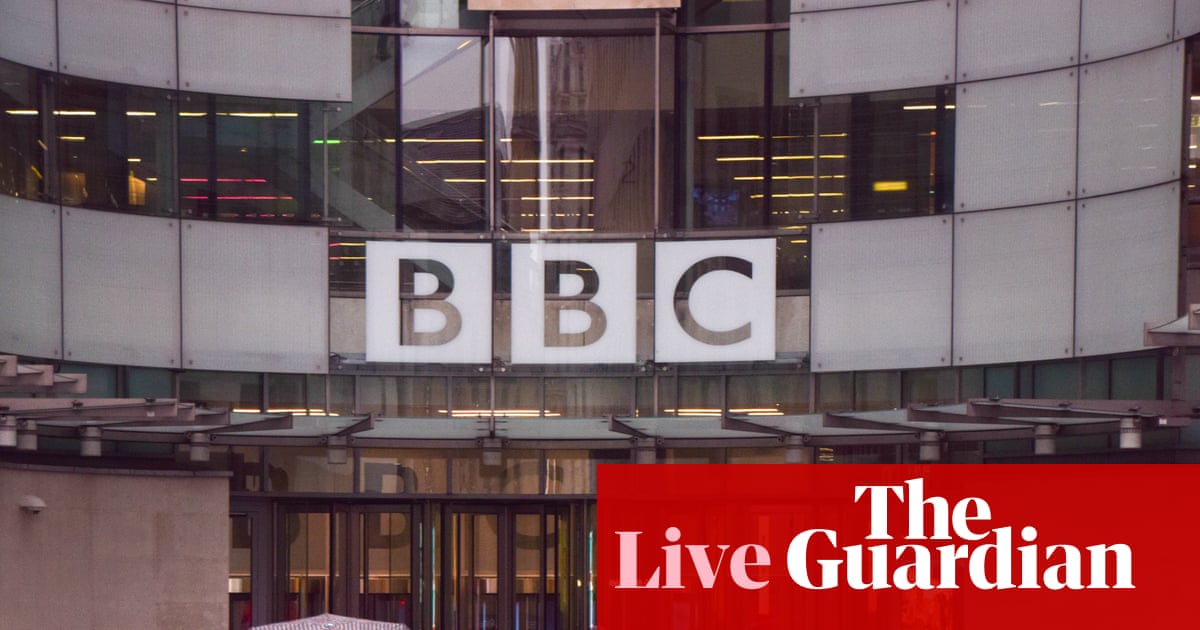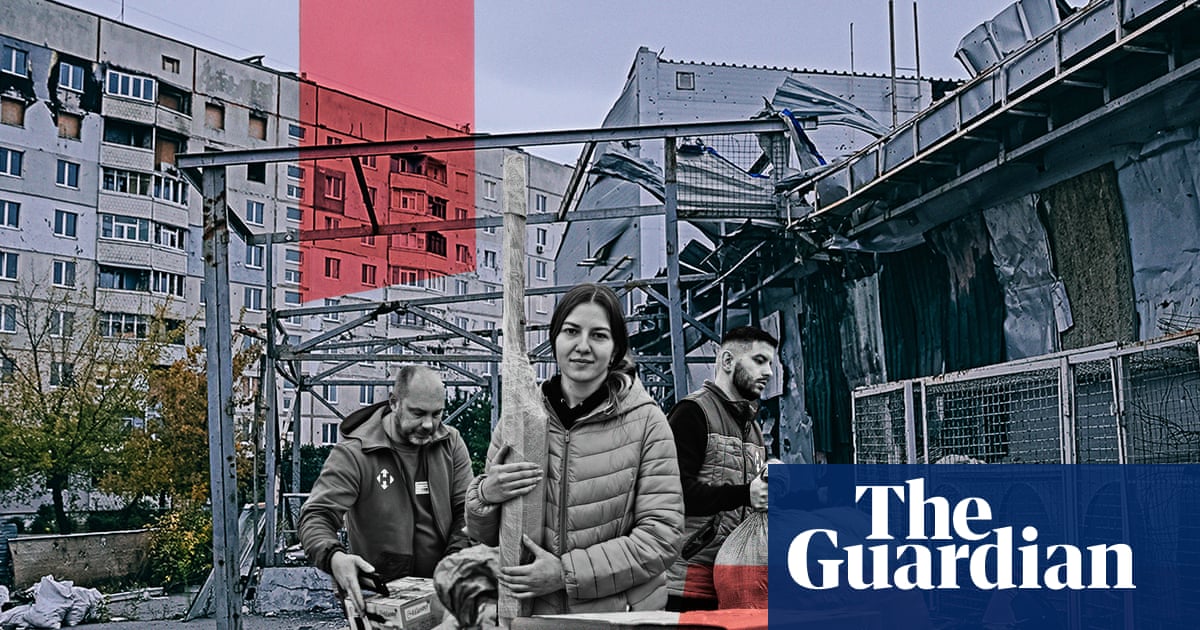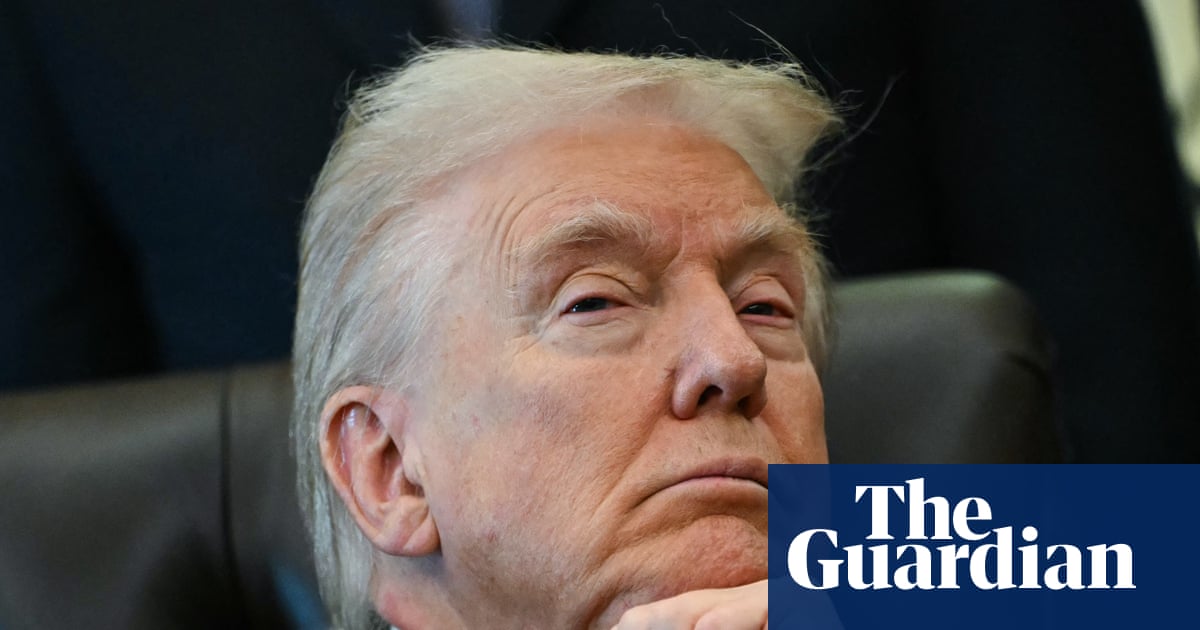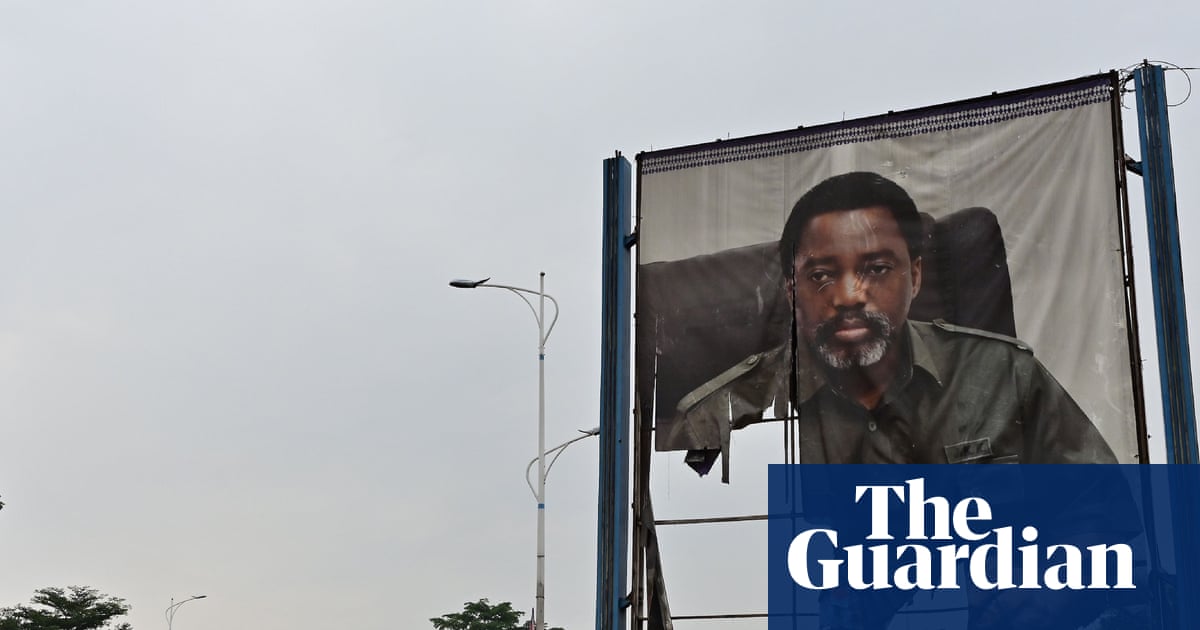Last week’s reshuffle was clearly rushed out of the door, half-planned, to an emergency timescale dictated by events rather than strategy. Angela Rayner was gone; Keir Starmer’s most visible and vocal minister, well and truly hoist by her own petard. And as the good ship Rayner sank below the waves, so it dragged the prime minister’s reputation, built partly on a relentlessly repeated (and rather smug) anti-sleaze narrative down with it.
I saw how challenging reshuffles can be for PM and party when I was chief whip under Rishi Sunak. They tend to make more enemies than friends, even when they are carefully planned and executed. Worse, the friends they make were probably your friends anyway, and the enemies you make are the ones who used to be your friends. In other words, there are only downsides. For Starmer, dumping the unknowns Ian Murray and Lucy Powell seems to have done little but bruise egos, and moving the well-respected home secretary, Yvette Cooper, to the very glamorous but electorally less significant Foreign, Commonwealth and Development Office, has all the hallmarks of an attempt to complete a political Rubik’s cube by force.
But the Raynergate drama overshadows the obvious point. If Starmer really wanted to show grip and refresh his government, there is one move that would matter above all others: sacking his chancellor, Rachel Reeves. The irony is that the one person with whom he should part company is the only one who seems untouchable.
The fact that I’m even writing about this notion is disturbing enough. With Labour’s huge majority, you might have assumed harmony would last a full parliament. In reality, it has lasted barely a year. The first version of Starmer’s government went quietly enough – most key positions had been trailed, and the wider party was too relieved to be back in power to complain. But now it is dawning on MPs that their hopes of ministerial office – or even re-election – are slipping away.
The problem is always the same: too many pieces for too few slots. Add the political need to balance geography, gender, diversity and factions, and you’re left with an exercise guaranteed to disappoint more people than it pleases.
And here’s the truth: reshuffles matter intensely to the Westminster bubble, but not much to anyone else. For most of the public, it’s just one bunch of people they’ve never heard of replaced by another. The exceptions are the big offices of state – foreign, defence, home and, above all, the Treasury.
Chancellors are different. They embody the government’s entire economic mission and, crucially, the markets care. That makes them almost unsackable. Even an underperforming chancellor projects stability by staying put. Move them, and you risk panic in the markets and a spike in borrowing costs.
That’s why speculation about Reeves will never translate into action. If she has survived this week, it’s hard to see the prime minister ever having a better moment to make the one change that might make the public sit up and think. On paper, she’s the weakest link: her public performances have been wooden, her grasp of detail questionable, her rhetoric flat at precisely the moment the government’s economic message needs clarity and authority. Plenty of Labour MPs know it too. If reshuffles were truly about performance, Reeves would be the obvious candidate for the chop. We were lucky that Jeremy Hunt was the epitome of “safe under fire” so his future was a headache we never had.
But Starmer won’t do it. He made Reeves chancellor before polling day and lashed his economic credibility to her mast. He has clearly concluded that to sack her now would be the political equivalent of dynamiting his own foundations. Because his government has wrapped itself in the flag of fiscal responsibility, he thinks that ditching the chancellor after a year is simply unthinkable, and the demise of Rayner seems to have solidified that view rather than presented him with an opportunity.
Behind the scenes, even routine reshuffles are painstaking and perilous. We used to start planning the next one the day after the last. Lists would be drawn up by a team of three or four, well away from Downing Street, with names categorised, risks assessed, loyalty scored. Later came the civil service checks to ensure security clearance or personal history didn’t trip the process at the final hurdle. This week’s choreography, with most hopefuls away in their constituencies, must have been doubly complex.
We once had to delay a reshuffle for months because of unexpected byelections. Leaks were constant risks. Ministers were often given just a few minutes’ notice of their promotions. Departures were emotional – more often dignified handshakes than slammed doors – but bruising all the same. Sunak insisted on handling each sacking himself, out of decency as much as discipline.
after newsletter promotion
The appointments, by contrast, were joyous. Smiling faces down Downing Street, hugs in the cabinet room, photos for the archive. But the cost was always heavy. Reshuffles solve nothing permanently; they just turn today’s headaches into tomorrow’s.
Starmer knows all this. He knows reshuffles rarely change the story. And he knows that the only move that would genuinely alter the direction of his government cannot be made without detonating the very economic stability he has promised.
That is the paradox of reshuffle season. Thanks to Rayner, the prime minister is under more pressure than ever to act boldly, to reinvigorate his government, to show momentum. But his boldest, most logical move is precisely the one he cannot make. Reeves stays, because she has to.
-
Simon Hart was government chief whip from 2022 to 2024, and is the author of Ungovernable, out in paperback 11 September
-
Sign up for our new weekly newsletter Matters of Opinion, where our columnists and writers will reflect on what they’ve been debating, thinking about, reading and more

 2 months ago
68
2 months ago
68

















































